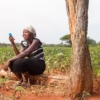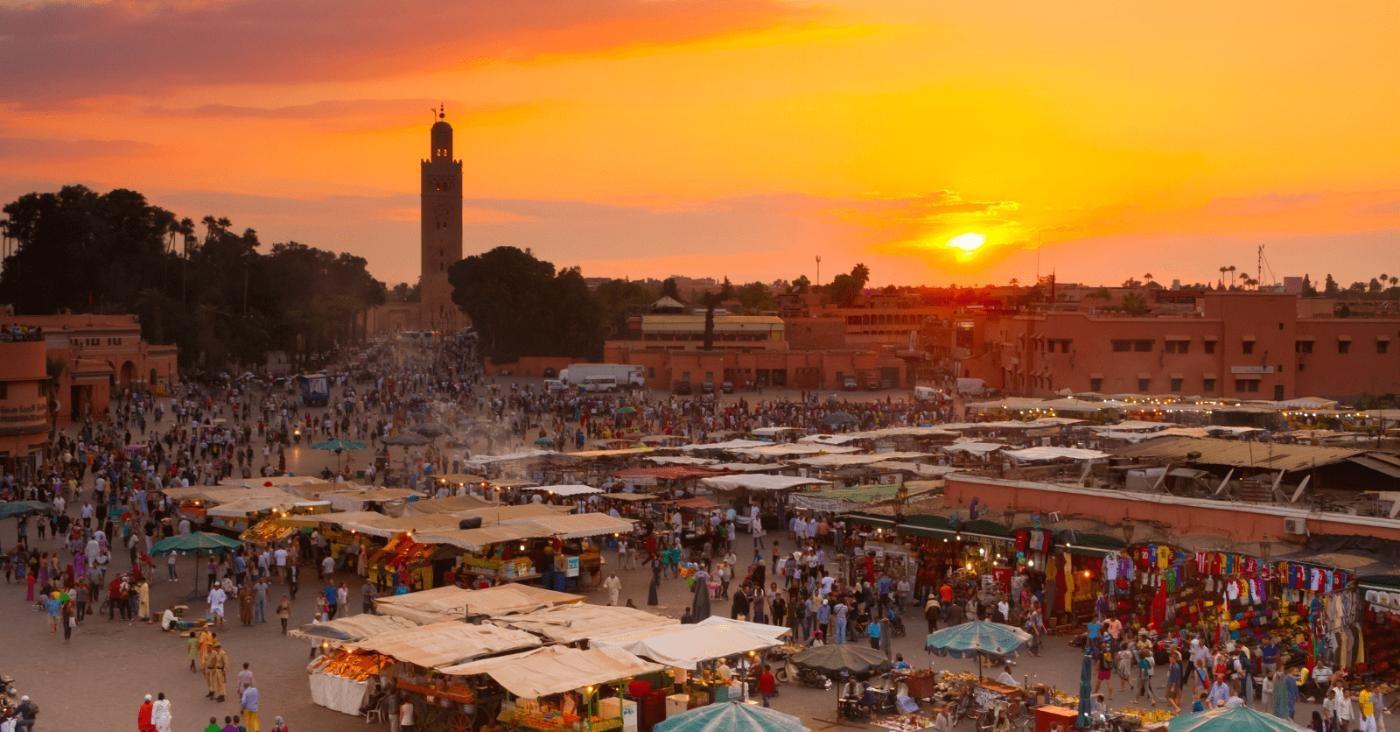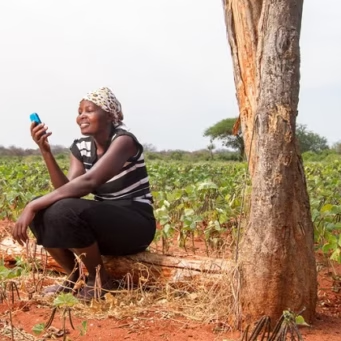Morocco’s economy has changed significantly in the last two decades. In the early 2000s, agriculture made up 14% of GDP but employed almost half the workforce. This imbalance triggered a need for reform. With support from the IMF and World Bank, Morocco opened its economy, encouraged foreign investment, and began building strong export sectors. Tourism, telecommunications, and textiles all saw growth.
By the 2010s, Morocco started investing in manufacturing and logistics. The country now produces over 700,000 vehicles annually and earns major revenue from car exports. Infrastructure projects like Tangier Med Port and the Al Boraq high-speed train have supported this growth. At the same time, Morocco pushed forward with renewable energy. Large-scale solar and wind farms aim to reduce fossil fuel imports and meet clean energy goals.
As of 2024, services account for more than half of GDP, industry makes up about a quarter, and agriculture is closer to 10%. After the pandemic and extreme climate events, Morocco’s recovery has been led by tourism, export agriculture, and car manufacturing. Traditional markets once dominated, with consumer habits shaped by religion, family, and community norms. But the rise of smartphones changed everything. By the mid-2010s, tens of millions of Moroccans had mobile phones. E-commerce platforms like Avito and Jumia changed how people discovered and bought products.
The COVID-19 pandemic sped up this shift. Online sales in Morocco reached $1.8 billion in 2023 and are projected to grow to $3.1 billion by 2027. Inflation has made Moroccans more cautious, but certain categories like sweets and discounted goods still perform well. Budget stores like BIM are growing in smaller towns, offering low-cost and predictable shopping experiences.
A More Digital, More Complex Research Landscape
As consumer behaviour evolved, so did the market research industry. In the early 2000s, data collection mostly relied on in-person interviews and focus groups in cities. It was slow and limited. By the 2010s, tools like telephone interviews and online panels gained traction. Segmentation became more precise, using lifestyle data and behavioural profiling.
Now, with over 90% internet penetration and more than 34 million users, Morocco has entered a digital insights era. Mobile surveys reach rural areas that were previously difficult to access. The National Digital 2030 strategy is helping expand infrastructure and digital awareness.
Research firms are now using AI, machine learning, and analytics to better understand consumers. Data from mobile apps, loyalty programs, online stores, and even smart devices feed into research models. These tools help identify patterns and predict future trends.
Despite progress, several barriers remain. Internet and mobile coverage are still weaker in remote areas. Some groups lack digital skills or awareness. Regional inequality is a major issue, as highlighted in the King’s 2025 reform call. While some areas are growing in industry and services, others still depend on farming and tourism.
There are also growing concerns around data privacy and transparency. As digital research expands, firms must stay compliant and ethical. Building consumer trust is essential.
Market research in Morocco is no longer just about data collection, it requires smart use of technology, strong local understanding, and the ability to balance global methods with local realities. The best research firms combine mobile panels and AI tools with real-world validation. They help multinational brands understand local markets and support Moroccan businesses in scaling up.
Morocco’s economic transformation has also transformed its insights industry. As more sectors open to digital growth, understanding consumers will become even more important. For companies and policymakers, quality insights will be the difference between acting on guesswork and acting on facts.








